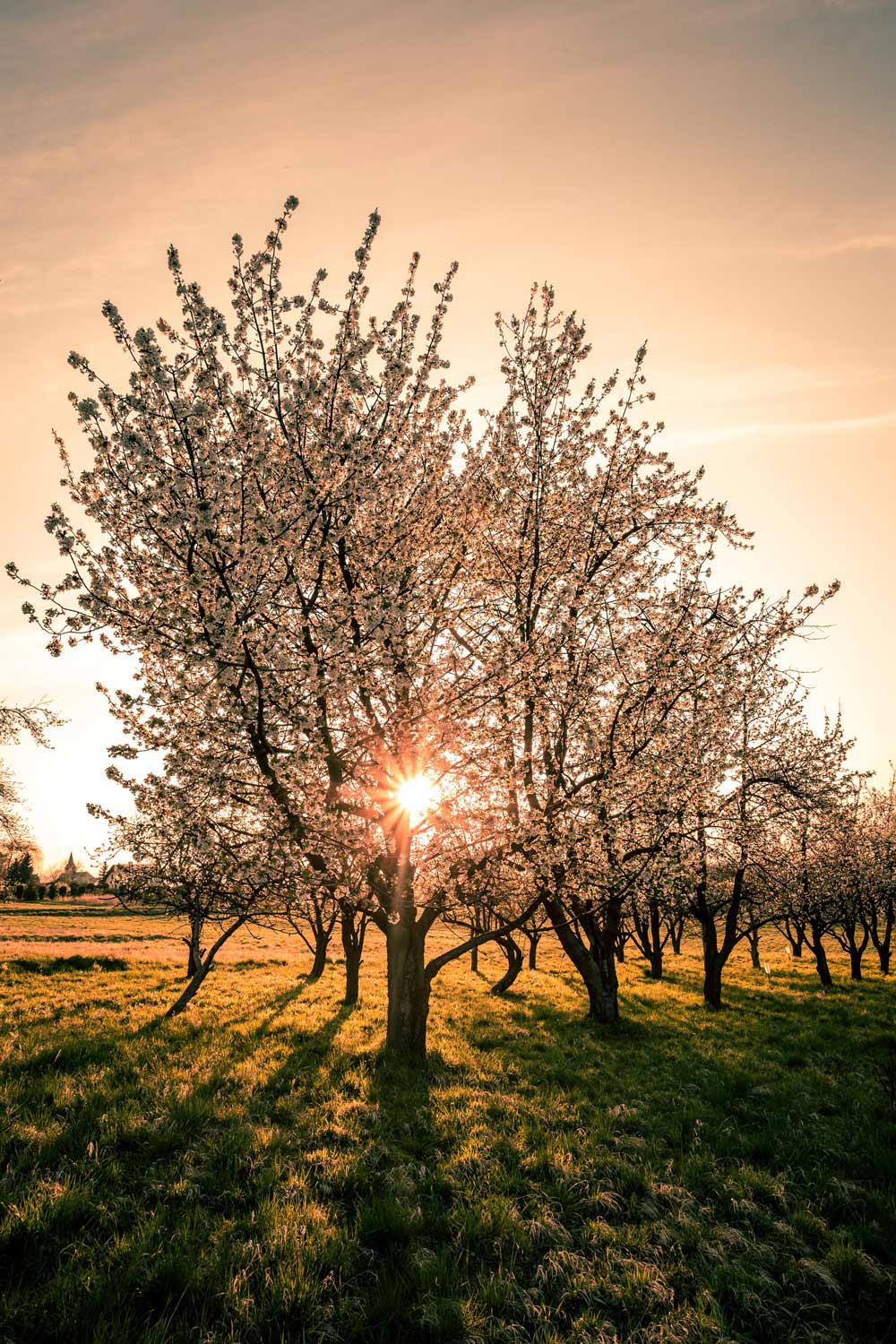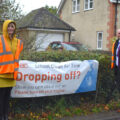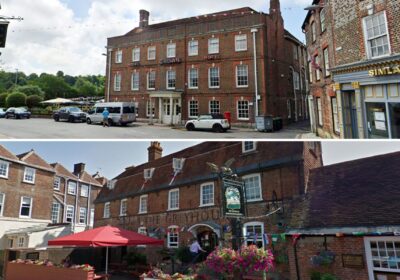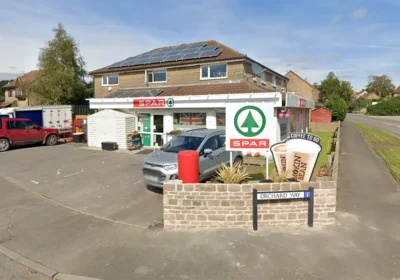Many of our old orchards have faded away, and with them their rich mix of local varieties and a long bank of knowledge of how to use them – especially in making cider.
Do the names Neverblight, Buttery d’Or, Ironsides, Golden Ball, Maidens Blushes or Golden Knap ring a bell?
After researching cider apples for much of her life, Liz Copas joined with West Milton cider maker Nick Poole and they spent a decade sleuthing around old garden fruits, hedgelines and remnant orchards. Along the way they have rediscovered myriad varieties, and a rich history of the evolution of orchards and cider here. Was it French monks who brought cider making to south Dorset? By the end of the eighteenth century perhaps 10,000 acres of orchards existed across the county. In The Woodlanders Thomas Hardy talks of the distinction between bittersweets and John apples (those for the kitchen). Maps at the start of the twentieth century show almost every settlement surrounded by orchards. Undervalued and perceived as ‘in the way’, many were removed after the 1940s, along with the wild creatures they supported.
Even as late as the 1980s orchards were not seen as assets, yet the loss of an orchard of tall trees means a loss of ecological diversity, community knowledge and the intricacy of local distinctiveness.
Thanks to the work of Liz and Nick, the found apples of Dorset are being propagated in Melplash Linden Lea mother orchard and spread again across the county. In time, every village could be home to Dorset apples.
Shaftesbury Tree Group and Planet Shaftesbury have invited Liz Copas to give an illustrated talk on The Lost Orchards of Dorset, at 7.30pm Thursday 8 December at Shaftesbury Town Hall. The event is free; visit www.planetshaftesbury.org.










Leave a Reply